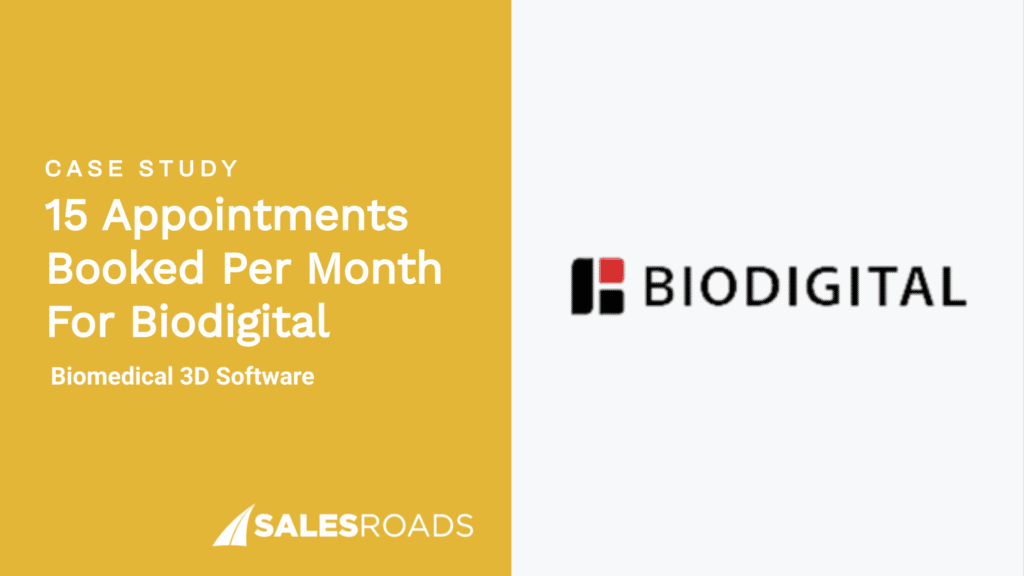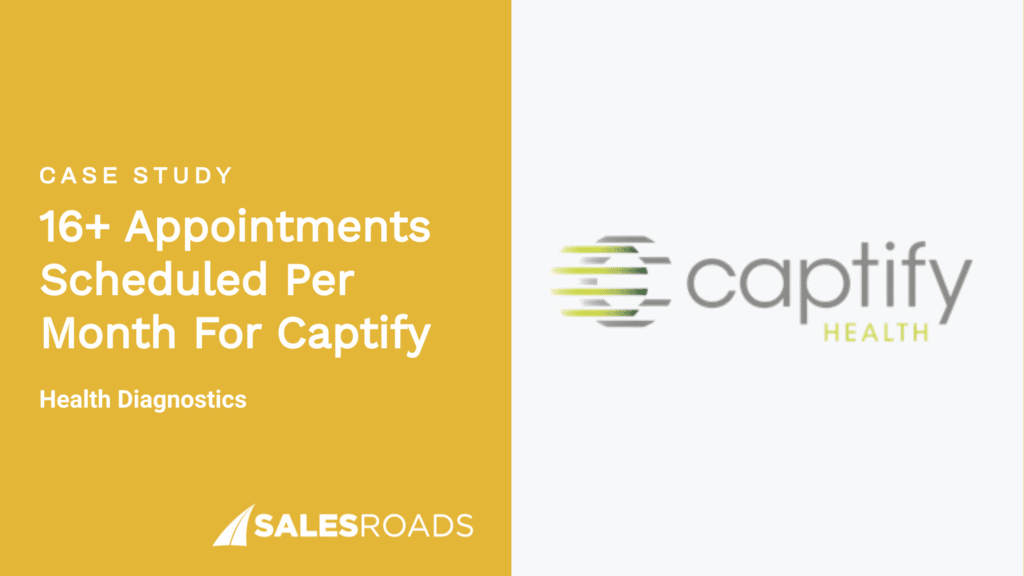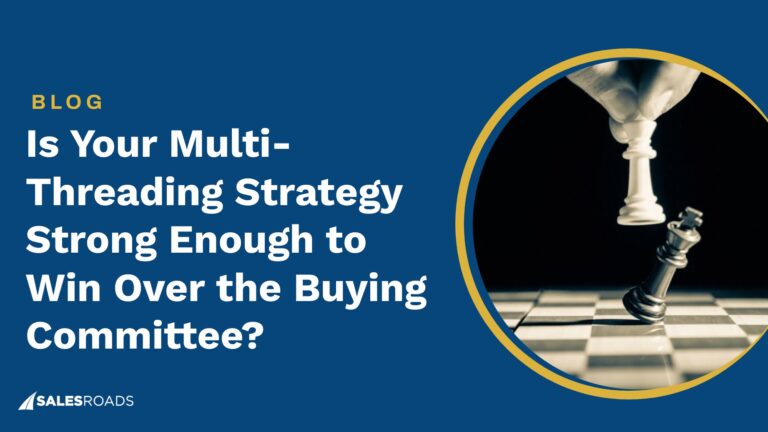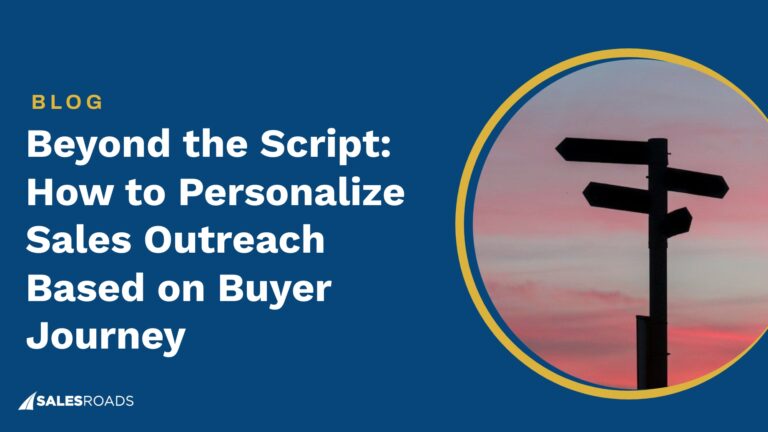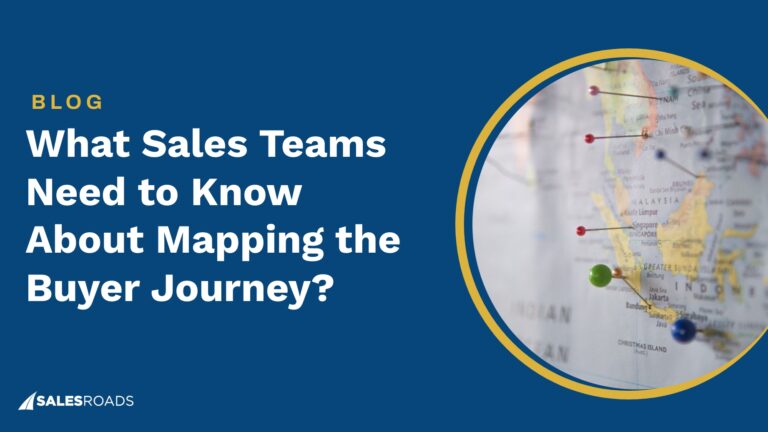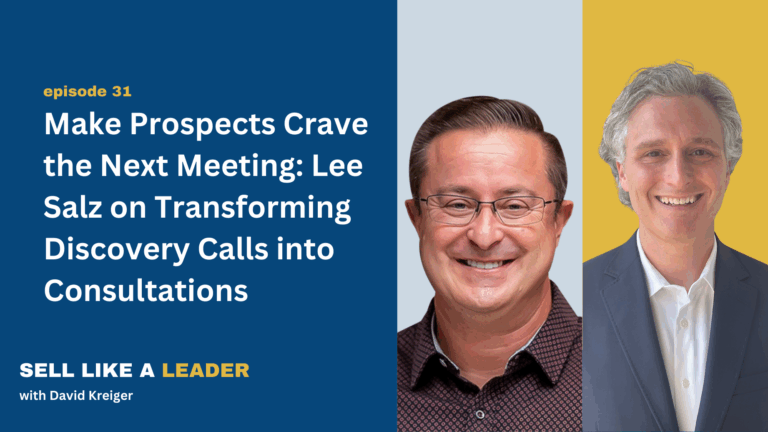Over the years, full-cycle sales reps were the go-to, then the SDR/AE model took over. Now, sales leaders are circling back to the full-cycle approach.
But this isn’t just another trend; it’s a decision that can make or break your sales efficiency. Choosing the right model is key to aligning with your business goals and driving growth.
The Importance of Choosing the Right Model for Business Growth and Efficiency
Choosing between a split SDR/AE model and a full-cycle sales approach is a critical decision that can impact your revenue growth, sales efficiency, and customer experience. The right model depends on factors such as your sales cycle length, deal complexity, and the level of personalization required in prospecting and closing.
If you opt for the wrong model, it can create inefficiencies, resulting in wasted resources, lost opportunities, and a slower sales process.
For example, if your company uses a full-cycle sales model in a complex industry with a lengthy sales cycle, your reps might become overwhelmed by the sheer volume of tasks they need to handle, affecting their ability to close deals effectively.
Choosing the right model ensures that your sales efforts are aligned with your business goals, streamlines the process, and allows each team member to focus on what they do best. This leads to faster conversions, higher close rates, and a better experience for your customers.
What Are Full-Cycle Sales Reps?
A full-cycle sales rep handles the entire process, from prospecting to closing, providing a seamless experience for prospects. They take full ownership of their pipeline, which can lead to stronger accountability and a higher level of personalization.
However, this approach may limit scalability, as reps must balance prospecting and closing activities.
Responsibilities
Full-cycle sales reps manage the entire sales process from start to finish, ensuring a seamless experience for prospects. Their responsibilities typically include:
- Prospecting: Identifying and reaching out to potential customers through cold calls, emails, and social selling.
- Lead qualification: Assessing prospects to determine if they are a good fit for the product or service.
- Sales presentations & demos: Conducting product demonstrations and explaining value propositions tailored to the prospect’s needs.
- Negotiation & closing: Handling pricing discussions, overcoming objections, and securing signed contracts.
- Account management: Building long-term relationships, ensuring customer satisfaction, and identifying upsell or cross-sell opportunities.
In Which Cases You Need to Use This Model?
A full-cycle sales model is best suited for companies where efficiency, speed, and personal relationships drive success. You should consider this model if:
- You have a short sales cycle. If deals close within a few weeks, having a single rep handle everything prevents unnecessary handoffs.
- Your product has a straightforward sales process. When customers don’t require deep consultation or multiple decision-makers, one rep can manage the entire journey.
- You need to maximize rep accountability. Full-cycle reps own their entire pipeline, which can lead to higher motivation and better performance.
- You have a lean sales team. Startups and small businesses with limited resources often benefit from reps who can manage both prospecting and closing.
- Your industry values strong, personal relationships. In industries where trust and rapport matter, a single point of contact from the first conversation to the final sale can improve conversion rates.
Pros and Cons of Full-Cycle Sales Reps
Full-cycle sales reps offer benefits, particularly for companies that need a streamlined, efficient approach to sales. One of the key advantages is the end-to-end ownership of the sales process.
These reps manage their entire pipeline, from initial outreach to closing the deal, which leads to stronger accountability. They’re directly responsible for both generating leads and closing sales, ensuring they stay highly motivated to see a deal through from start to finish.
This ownership also translates into stronger customer relationships. Since prospects interact with the same rep throughout their journey, it’s easier to build trust and rapport, often resulting in higher conversion rates.
Moreover, the faster sales cycle that comes from not needing to hand off leads between SDRs and AEs reduces delays, speeding up deal closure. The model is also cost-effective for smaller teams. Startups or lean businesses can save on resources by consolidating roles, having one rep manage the entire sales process.
However, the full-cycle model also comes with its challenges. One significant drawback is the lack of specialization. Because full-cycle reps are responsible for both prospecting and closing, they may not have the time or resources to develop deep expertise in one area. This lack of focus can lead to less effective outreach or weaker closing techniques.
Another potential issue is the lower volume of prospecting. Managing both roles means these reps often have to balance their time between prospecting and closing, which can result in fewer leads being generated compared to a dedicated SDR team.
Additionally, handling every part of the process can be taxing, which may lead to burnout, especially in high-pressure environments. Meet Amanda Cyr, Government Market Director and Team Lead, and former full-cycle AE at AchieveIt.
She shared the challenges she faced in balancing both prospecting and closing, which ultimately led to the company missing out on valuable opportunities:
For companies with an expanding customer base, the model may struggle to scale effectively. As the pipeline grows, full-cycle reps may find it harder to manage both lead generation and closing, creating a need for an SDR/AE split.
The SDR/AE Model Explained
The SDR/AE model divides responsibilities, with SDRs focused on generating and qualifying leads while AEs handle deal negotiation and closing. This structure allows for higher specialization, leading to more efficient outbound prospecting and stronger closing capabilities.
Responsibilities
In the SDR/AE model, responsibilities are divided between two distinct roles: SDRs and AEs.
SDRs are primarily responsible for the initial stages of the sales process. Their job is to prospect, qualify leads, and set appointments for AEs. SDRs typically engage in outreach through cold calls, emails, and social media to identify potential clients and create opportunities for further sales conversations.
On the other hand, AEs are tasked with managing the later stages of the sales process. Once an SDR has qualified a lead, the AE steps in to nurture the relationship, deliver tailored pitches, negotiate terms, and close the deal. AEs focus on understanding the client’s specific needs, presenting solutions, and ultimately converting prospects into paying customers.
The collaboration between SDRs and AEs allows for a streamlined process that covers both prospecting and closing, ensuring each representative can focus on what they do best.
In Which Cases You Need to Use This Model?
The SDR/AE model works best in certain scenarios where separating the roles of prospecting and closing leads to more efficient sales. Here’s when you should consider using it:
- High volume of leads: If your company generates a high number of leads but doesn’t have enough resources to convert them all at once, this model helps divide the workload. SDRs focus on initial outreach, and AEs concentrate on closing.
- Complex sales cycles: For businesses offering complex products (like SaaS solutions), where educating and nurturing prospects takes time, this model ensures that each phase of the cycle gets the attention it requires.
- Scalable sales teams: If your company is looking to scale, this model offers clear division of labor, which makes it easier to expand both the SDR and AE teams without overburdening individual reps.
- Improved lead qualification: If your team struggles to differentiate between low- and high-quality leads, having SDRs specialize in lead qualification ensures that only the most promising prospects are passed to AEs, optimizing sales efforts.
- Companies with different target segments: For businesses targeting both SMBs and enterprise-level clients, this model allows SDRs to focus on prospecting for one segment, while AEs can tailor their efforts to closing deals within the other, ensuring greater efficiency in targeting different customer profiles.
Pros and Cons of the SDR/AE Model
The SDR/AE model offers several advantages, especially when it comes to specialization. With dedicated roles, both teams can fine-tune their approaches to their specific tasks, improving overall efficiency and effectiveness.
Another benefit of the SDR/AE model is scalability. As your business grows and the volume of leads increases, this model allows you to scale without overloading individual salespeople.
You can easily hire additional SDRs to handle more leads or expand the AE team to manage more accounts, ensuring the sales team remains agile as your operations grow.
Moreover, this model provides clear performance metrics for each role, making it easier to assess effectiveness, identify gaps, and provide targeted training where needed.
Despite its many advantages, the SDR/AE model is not without its challenges. One of the potential downsides is the risk of a disconnect between the SDR and AE teams. If communication is not managed well, there may be discrepancies in how leads are passed from SDRs to AEs.
Additionally, maintaining separate teams for SDRs and AEs can lead to higher costs. Having two specialized roles often means more hiring, onboarding, and training expenses, which can be a significant investment for some companies.
Which Model Is Right for Your Business?
Selecting the right model for your business requires evaluating your market, sales process, and team structure. A well-aligned model enhances productivity, shortens sales cycles, and maximizes revenue potential.
For example, a fast-growing SaaS startup with a simple, transactional sales process may benefit from a full-cycle sales model. Suppose the company sells a low-cost subscription product with a sales cycle of two weeks or less.
A full-cycle rep can handle everything from prospecting to closing, ensuring a smooth experience for the buyer and reducing delays caused by handoffs. This setup allows the company to move quickly, maximize rep accountability, and avoid the complexity of managing an SDR-to-AE transition.
In contrast, an enterprise software company selling six-figure deals with long sales cycles would likely perform better with an SDR/AE model. If closing a deal takes six months and involves multiple stakeholders, AEs need to focus on strategic selling, building relationships, and navigating procurement processes. SDRs can continuously source and qualify leads, keeping the pipeline full without distracting AEs from high-value conversations.
This division of labor leads to a more efficient use of resources and a higher chance of converting large, complex deals.
Bottom Line
At the end of the day, there’s no one-size-fits-all sales model. Whether you go full-cycle or SDR/AE model, the key is to align the structure with your sales goals, team strengths, and customer needs.
Make the right choice, and your sales process will thrive. Get it wrong, and you’ll be playing catch-up.


